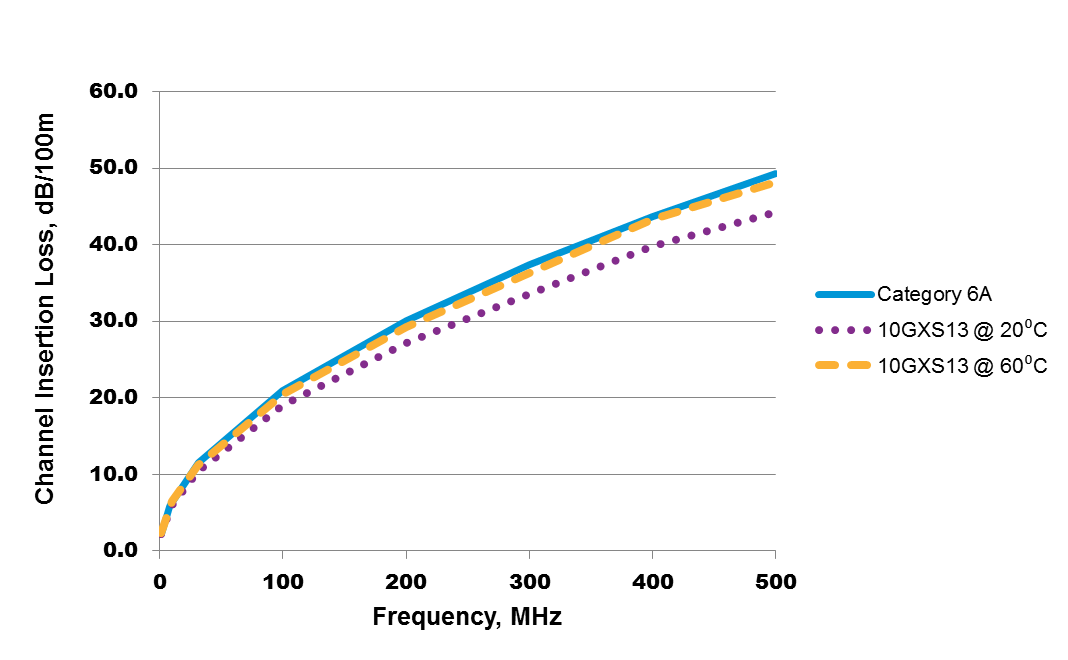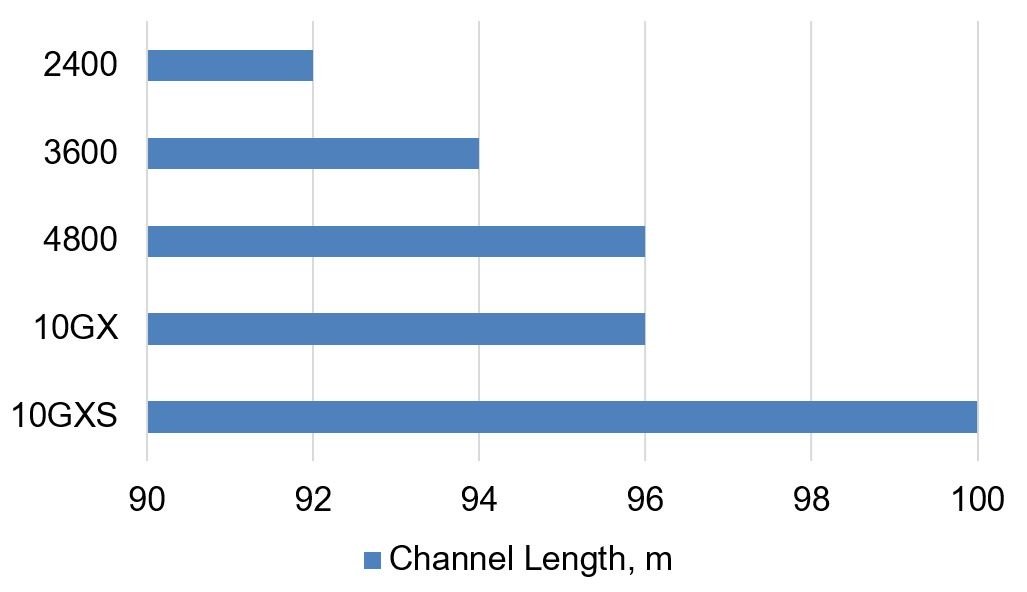How Cable Temperature Impacts Reach
There’s nothing more disappointing than investing in something that promises to deliver what you need—only to realize it’s not performing according to expectations.
Cable Performance Expectations
This scenario holds true with category cable investments. A cable that doesn't fulfill its 100m channel reach (although marketed as a 100m cable) can derail network projects, increase cost, result in unplanned downtime and demand considerable time troubleshooting—especially if the problem isn’t immediately obvious.
High cable temperatures are sometimes the cause for cable non-performance perform up to the promised 100m. Cables are rated to transmit data over a defined distance up to a certain temperature point. When a cable heats up beyond that point, resistance and insertion loss increase. As a result, the cable's channel reach often needs to be de-rated in order to perform as needed to effectively transmit data.
Multiple factors cause cable temperatures to rise including—
- Cables installed above operational network equipment
- Power transmitted through bundled cabling
- Uncontrolled ambient temperatures
- Incorrect category cabling used for the application
- Heat sources proximate to routed cables
With Power over Ethernet (PoE) cables—increasingly popular to support digital buildings and IoT—as power levels increase, so does the current level running through the cable. Bundling causes temperatures to rise even more with the heat generated by the current passing through the inner cables can’t escape. As temperatures rise, so does cable insertion loss, as pictured below.

Testing the Impacts of Cable Temperature on Reach
To evaluate this theory, we created a model to test temperature characteristics of different cables. Each cable was placed in an environmental chamber designed to measure insertion loss with cable temperature change. Data was generated for each cable and changes in insertion loss were recorded as the temperature changed.
Data gathered from these tests was combined with connector and patch cord insertion loss levels in the model below to determine the maximum length a typical channel could reach while maintaining compliance with channel insertion loss.

The model represents a full 100m channel with 10m of patch cords and an initial permanent link length of 90m. Assuming the connectors and patch cords were in a controlled environment (at room temperature with consistent insertion loss). Permanent links were assumed to be at a higher temperature of 60° (same assumption used in ANSI/TIA TSB-184-A where the ambient temperature is 45°C and temperature rise due to PoE current and cable bundling is 15°C).
Using the data from these tests, we were able to reach the full 100m length with the Belden’s 10GXS CAT 6A cable. We then modeled Belden CAT 6 and CAT 5e cables at that temperature and couldn't reach the full 100m because the cable insertion loss at this temperature exceeded the insertion loss performance requirement.

We also tested cables from other manufacturers—including 10G cables—and were unable to reach the full 100m length when cable temperatures reached temperatures as high as 60°C. The Belden 10GXS System was the only cabling system to maintain performance at higher temperatures across the full 100m spectrum.
Getting the Performance You Paid For
Bottom Line—A cable can fulfill the full 100m reach only if it's designed to do so under higher temperatures.
Belden 10GXS, designed with a smaller diameter to save space in cable trays, uses EquiBlock™ barrier technology to achieve uniform heat-flow dissipation while maintaining insertion loss performance, can reach distances of up to 100m while maintaining performance levels.
![System.String[]](https://assets.belden.com/transform/0994b259-c761-40ea-9128-f942c2913e9f/ron-tellas?io=transform:fill,width:300,height:300)